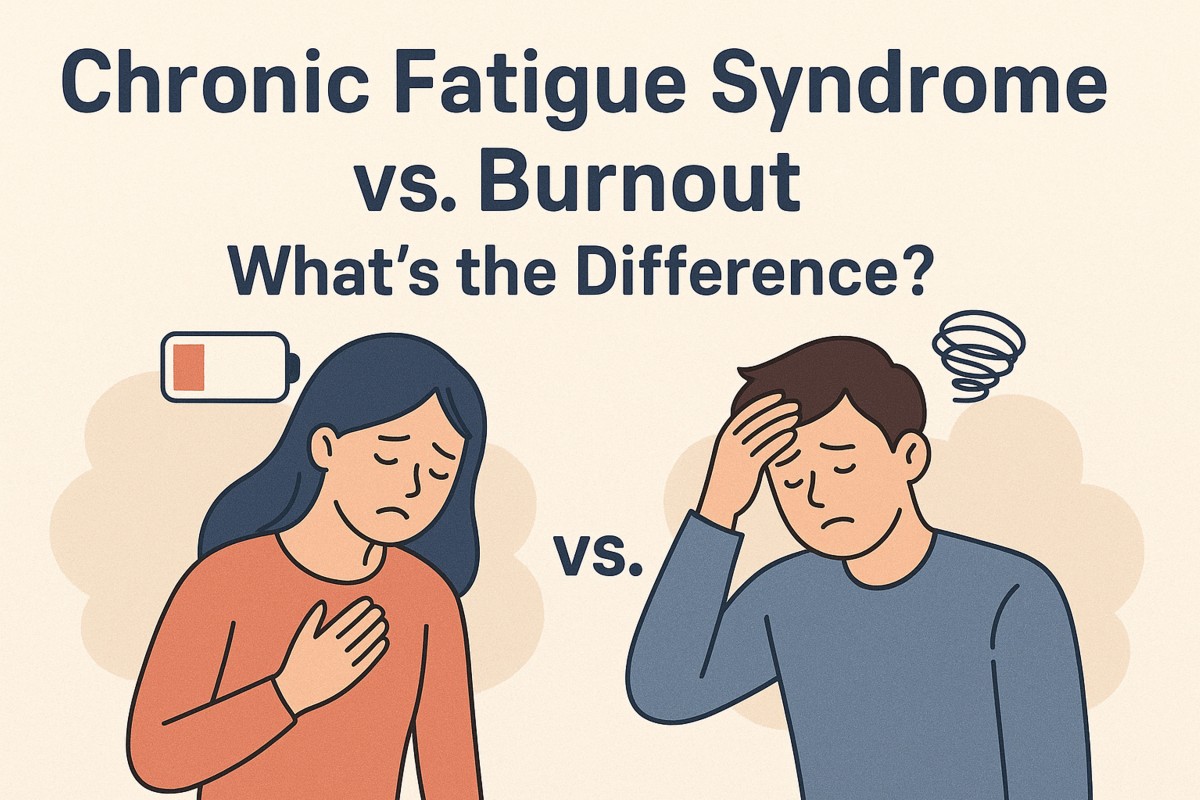Completing deadlines while working in a consistent digital environment or immersing oneself in long hours of ticking off tasks on checklists has been recognized as the sign of getting appreciated for efforts and hard work in any work setting. Despite being rewarded for achievement, people constantly experience physical exhaustion that is not able to be reduced by taking rests and has been disrupting their daily functioning. There is new evidence of some health condition that has tiredness as its main symptom, known as “chronic fatigue syndrome,” that often gets confused with normal body burnout.
Chronic Fatigue Syndrome Explained
❖ It is also known as myalgic encephalomyelitis, which is considered a prolonged illness with impairment in the immune and hormonal systems and genetic predisposition also associated with such medical conditions. 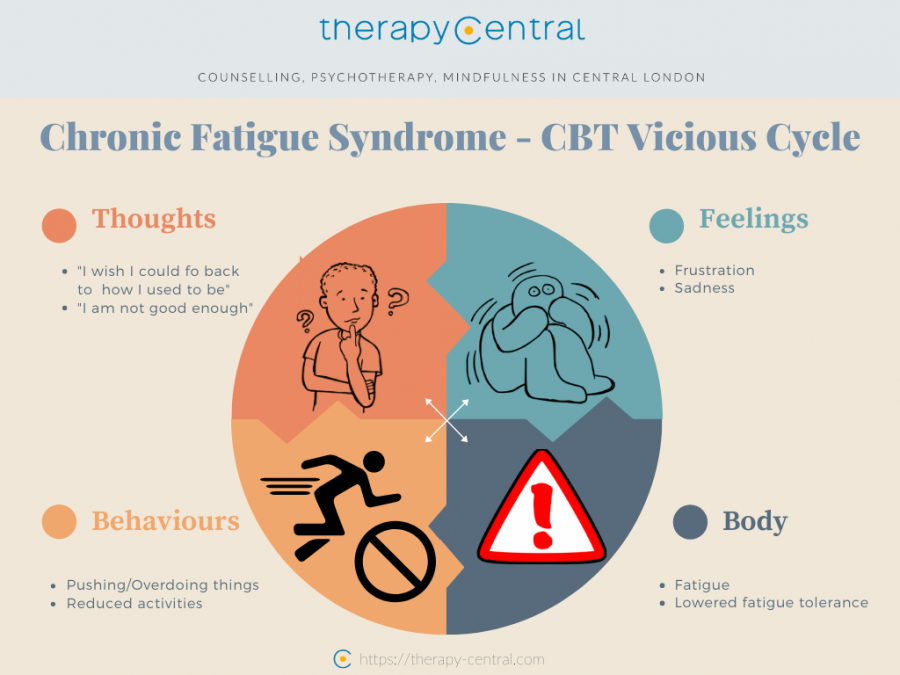
❖ It is characterized by having a vague explanation for feeling tiredness over the duration of six months or more.
❖ Post-exertional malaise that results in increasing the severity of symptoms after exerting minimal physical or mental effort on a task.
❖ People also feel not refreshed even after sleeping for a required amount of time.
❖ Cognitive defects such as inability to maintain concentration and frequent forgetfulness.
❖ Persons also experience muscle and joint pain.
❖ Persons react strongly to light, sound, and chemicals that go beyond their sensory threshold.
❖ Orthostatic intolerance, in which a person becomes lightheaded when remaining standing.
❖ The person also has a sore throat and has swollen lymph nodes in their mouth.
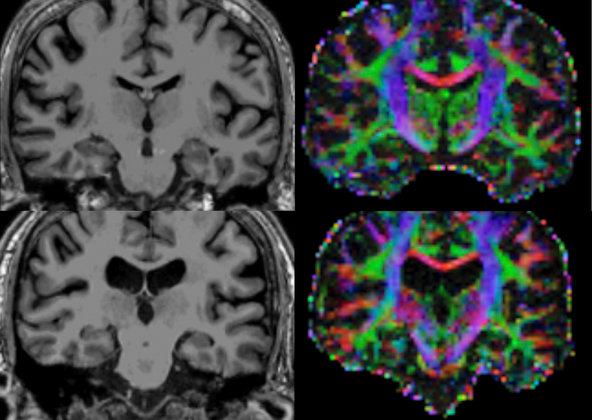
The Concept of Burnout
❖ Burnout is found out to be a complete state of being emotionally, physically, and mentally exhausted that occurs due to constantly working in a stressful situation. 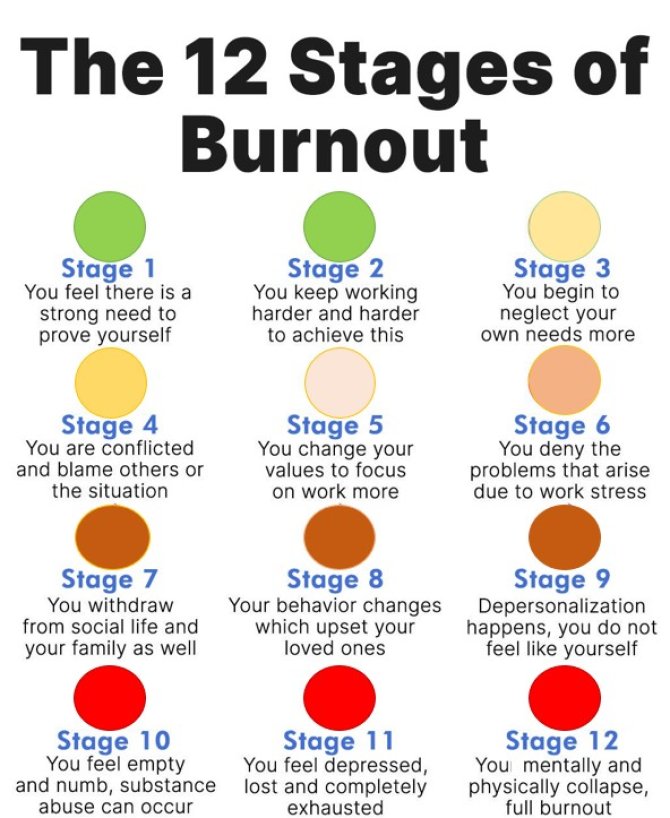
❖ It mostly originates when challenges faced by an individual overwhelm the personal and social resources that can be used as a means of a coping mechanism.
❖ Symptoms of burnout mostly include feeling a lack of motivation, withdrawal from work responsibilities, deteriorating performance, poor sleep quality, and fluctuating mood patterns.
❖ Burnout starts to develop slowly and is usually related to one’s working environment, such as high workload, unclear expectations, and absence of social support. 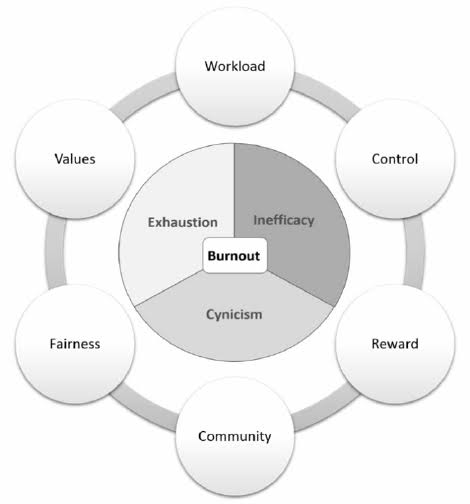
CFS and Burnout: What Sets Them Apart?
Chronic fatigue syndrome usually requires clinical diagnoses to detect its presence with the prior health history records. Burnout gets determined by self-examination and workplace evaluation tests. Burnout lasts for about weeks to months. Professional healthcare experts make use of patient history reports, symptom checklists, and laboratory tests to eliminate the possibility of other illnesses before making clear clinical decisions and recommending treatment plans.
Approaches to Chronic Fatigue Syndrome Management
1 Maintaining a proper schedule that balances working hours and rest periods.
2 Developing a sleep routine for getting an adequate amount of energy.
3 Taking medication for dealing with pain, sleep disturbances, and any symptoms.
4 Cognitive behavioral therapy can help to control the worsening of the symptoms.
5 Getting oneself enrolled in support groups can help to feel more confident and understood by others facing similar problems.
Burnout: Management and Care
❖ Individuals should be able to pinpoint the triggers that make them feel restless or frustrated at work or home.
❖ A person should engage in self-care activities that make them feel composed and improve their quality of life.
❖ Individuals can make meaningful changes in their working hours to handle responsibilities, learn effective communication strategies, and change job positions if needed.
Conclusion
Chronic fatigue syndrome and burnout overlap with each other due to experiencing fatigue as the most common symptom present in both conditions. Although, differences exist between them in terms of duration, severity of symptoms, and management techniques. Professional expert advice is necessary for understanding the effects of such conditions.
